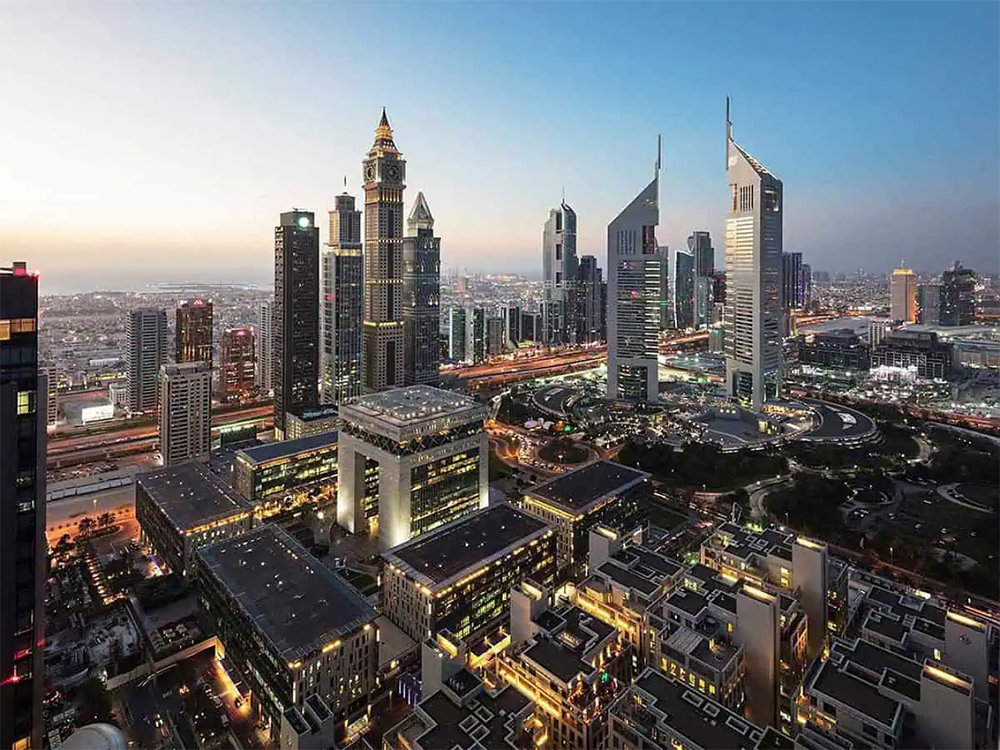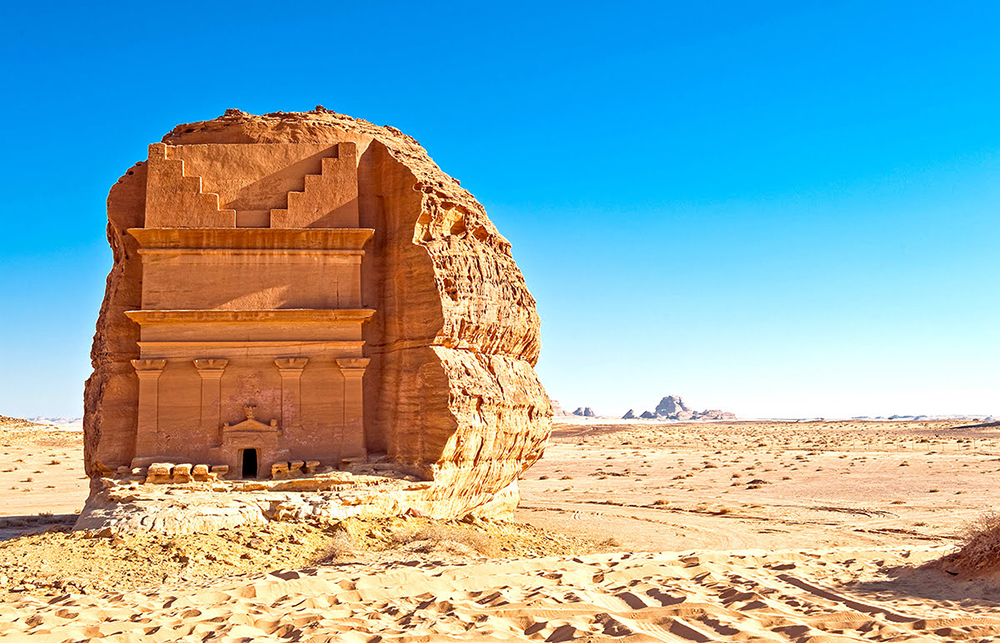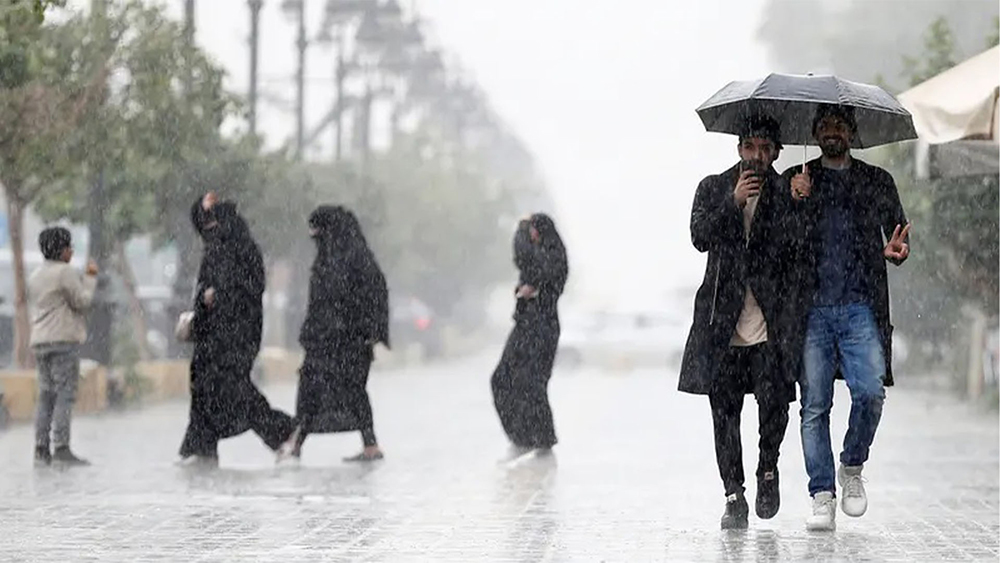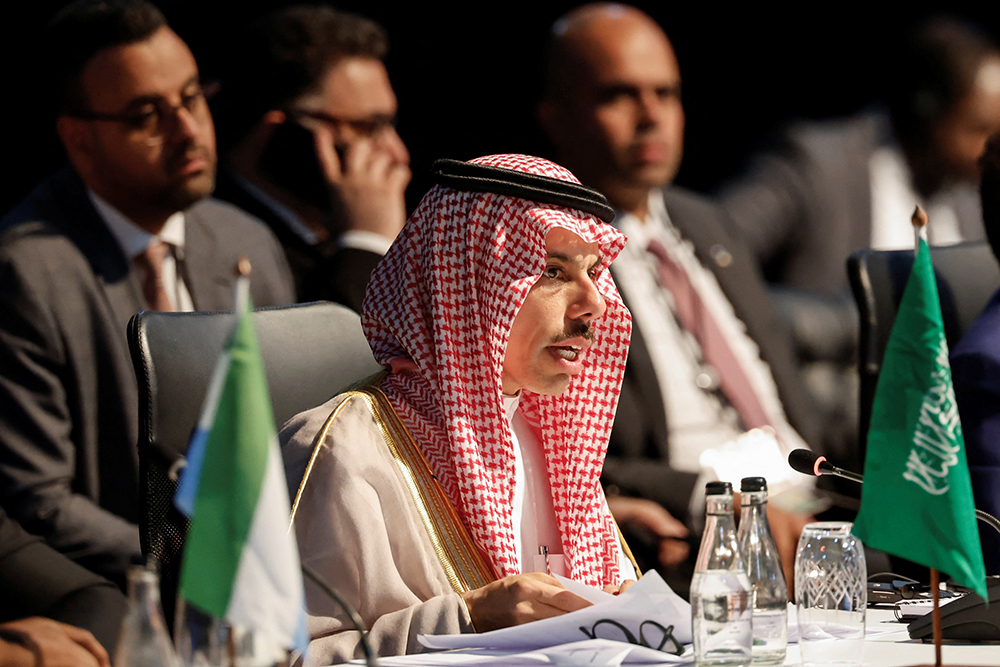Overview of the Kingdom
Saudi Arabia, officially the Kingdom of Saudi Arabia (KSA), is a land of deep cultural and historical significance. It is the largest country in the Middle East, spanning over 2.15 million square kilometers. Known as the birthplace of Islam, it houses the religion’s two holiest cities, Mecca and Medina. Saudi Arabia operates as a monarchy, led by King Salman bin Abdulaziz Al Saud and Crown Prince Mohammed bin Salman, who spearheads the Vision 2030 initiative—a transformative program aimed at economic diversification and societal modernization.

Key facts about the Kingdom
- Capital : Riyadh
- Population : Approximately 36 million (2023), including a significant expatriate community.
- Language : Arabic (English is widely spoken in business).
- Currency : Saudi Riyal (SAR).
- Religion : Islam, with strict adherence to Sharia law guiding daily life.
- Road Traffic : Drives on the right
Saudi Arabia plays a pivotal role in global energy markets as the world’s largest oil exporter and is also making strides in technology, tourism, and renewable energy under Vision 2030.

Historical and Cultural Background
The Kingdom’s history is intertwined with its Islamic heritage. It was unified in 1932 under the leadership of King Abdulaziz Ibn Saud, marking the birth of the modern Saudi state. Since then, Saudi Arabia has balanced preserving its rich traditions with embracing modern advancements.
- Islamic Roots: Mecca and Medina are spiritual centers for over 1.8 billion Muslims worldwide, attracting millions of pilgrims annually for Hajj and Umrah.
- Islamic Roots: Mecca and Medina are spiritual centers for over 1.8 billion Muslims worldwide, attracting millions of pilgrims annually for Hajj and Umrah.
- Cultural Renaissance: The government actively supports arts, film, and music through initiatives like the General Entertainment Authority and the Diriyah Gate development project.
Geography, Weather, and Climate
Saudi Arabia’s diverse geography includes :
- The Rub’ al Khali (Empty Quarter): The world’s largest continuous sand desert.
- Mountainous Regions: The Asir and Hejaz mountains offer cooler climates and lush landscapes.
- Coastal Areas: The Red Sea and Arabian Gulf boast pristine beaches and coral reefs.
- Urban Centers: Cities like Riyadh, Jeddah, and Dammam blend tradition and modernity.
- Summer: Extremely hot, with temperatures exceeding 50°C in some areas.
- Winter: Milder weather, particularly in the northern regions, where temperatures can drop to single digits.
- Rainfall: Rare but more frequent in the Asir region during monsoons.


Key Facts and Figures
- Government: Absolute monarchy.
- Economy: Dominated by oil but diversifying into technology, tourism, and entertainment.
- Time Zone: Arabian Standard Time (UTC+3).
- National Holidays: Saudi National Day (September 23).
- Landmarks:
- Diriyah: A UNESCO World Heritage Site.
- NEOM Project: A futuristic city under construction as part of Vision 2030.
- Mecca and Medina: Central to Islamic pilgrimages.
Cultural Insights for Expatriates
- Hospitality: Saudis are known for their generosity and hospitality. Guests are often welcomed with Arabic coffee and dates.
- Social Norms: Public behavior is guided by Islamic principles. Expatriates are encouraged to dress modestly and respect local customs.
- Religious Practices: Life in Saudi Arabia revolves around daily prayers and observance of Islamic holidays like Ramadan and Eid.

Additional Resources
- Saudi Government Portal: https://www.my.gov.sa/
- Saudi Vision 2030: https://www.vision2030.gov.sa/
- Tourism Information: https://www.visitsaudi.com/
Saudi Arabia’s unique combination of historical significance, cultural richness, and modern innovation makes it a fascinating and dynamic destination for residents and visitors alike. Let me know if you’d like deeper insights into any of these topics!
